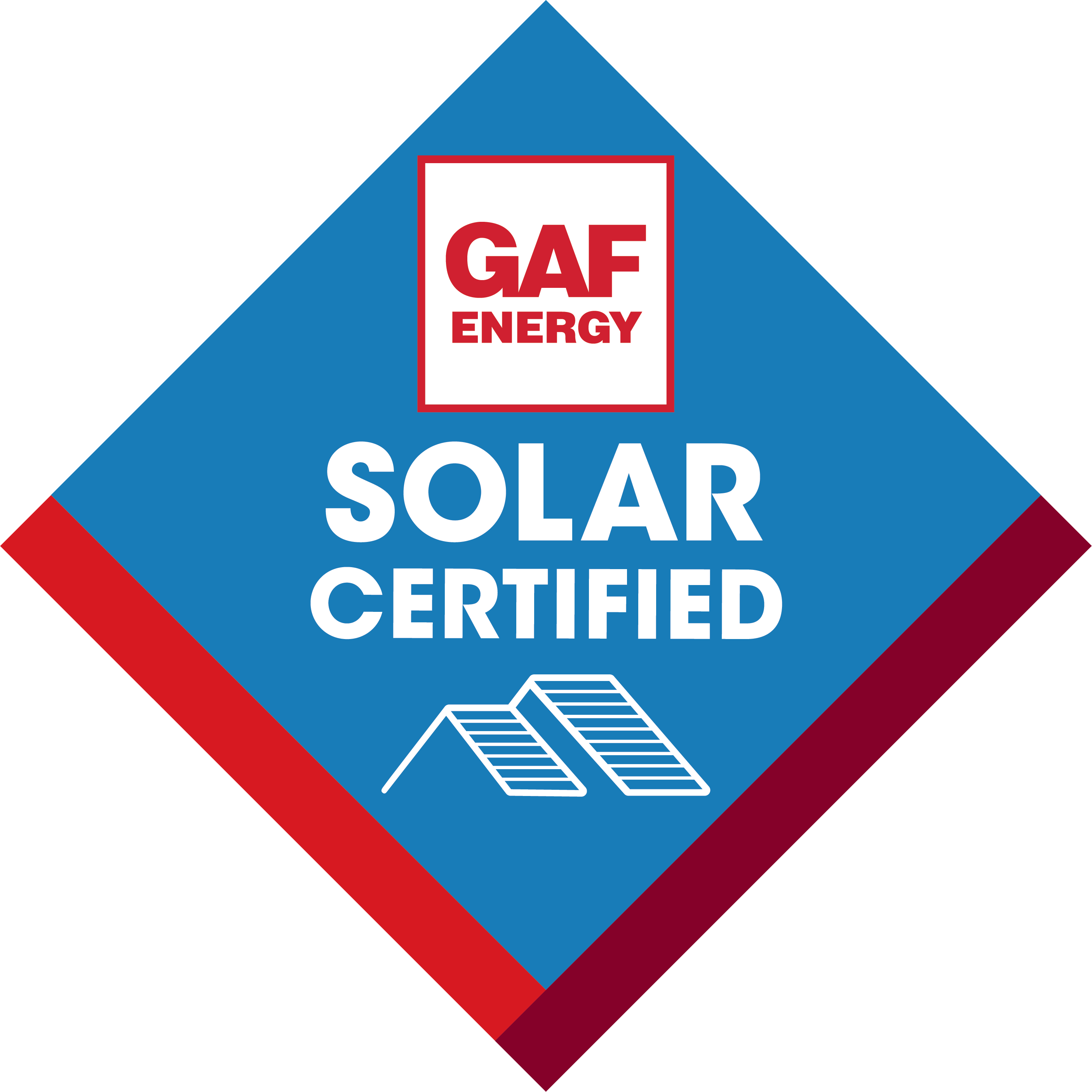Introduction:
- Start with an engaging introduction highlighting the growing importance of renewable energy sources like solar power.
- Introduce the main topic of the blog post: solar energy and its benefits for homeowners.
1. What is Solar Energy?
- Define solar energy and explain how it works, including the process of converting sunlight into electricity using solar panels.
- Discuss the environmental benefits of solar energy, such as reducing greenhouse gas emissions and dependence on fossil fuels.
2. Benefits of Solar Energy:
- Outline the key advantages of solar energy for homeowners, including:
- Cost savings on electricity bills
- Reduced carbon footprint and environmental impact
- Energy independence and resilience against rising energy costs
- Provide real-world examples and statistics to illustrate the potential savings and benefits of solar energy.
3. How Solar Panels Work:
- Describe the components of a solar energy system, including solar panels, inverters, and mounting hardware.
- Explain the process of capturing sunlight and converting it into usable electricity through photovoltaic cells.
- Discuss the role of net metering and grid-tied systems in maximizing the benefits of solar energy for homeowners.
4. Is Solar Right for You?
- Provide guidance on determining whether solar energy is a good fit for your home, considering factors such as:
- Sun exposure and shading
- Roof orientation and condition
- Local regulations and incentives for solar installations
- Offer tips for conducting a preliminary solar assessment and evaluating your energy needs and goals.
5. The Solar Installation Process:
- Walk readers through the steps involved in installing a solar energy system, including:
- Initial consultation and site assessment
- System design and permitting
- Installation of solar panels and associated equipment
- Inspection and activation of the system
- Explain what homeowners can expect during each phase of the installation process and how long it typically takes to complete.
6. Financing and Incentives:
- Discuss available financing options for solar installations, such as:
- Solar loans
- Leasing or power purchase agreements (PPAs)
- Cash purchases and incentives
- Highlight government incentives and tax credits available for solar installations, such as the Federal Investment Tax Credit (ITC) and state-level rebates or incentives.
7. Maintenance and Care:
- Provide tips for maintaining and caring for a solar energy system, including:
- Regular cleaning of solar panels
- Monitoring system performance and energy production
- Scheduling periodic inspections and maintenance checks
- Discuss the importance of proactive maintenance in maximizing the lifespan and efficiency of solar panels.
8. Conclusion:
- Summarize the main points covered in the blog post, emphasizing the benefits of solar energy for homeowners and the steps involved in transitioning to solar power.
- Encourage readers to explore solar energy further and consider taking action to harness the power of the sun for their homes.
Call to Action:
- Invite readers to contact your company for a free solar assessment or consultation.
- Provide contact information and a link to your website for more information about your solar services.


